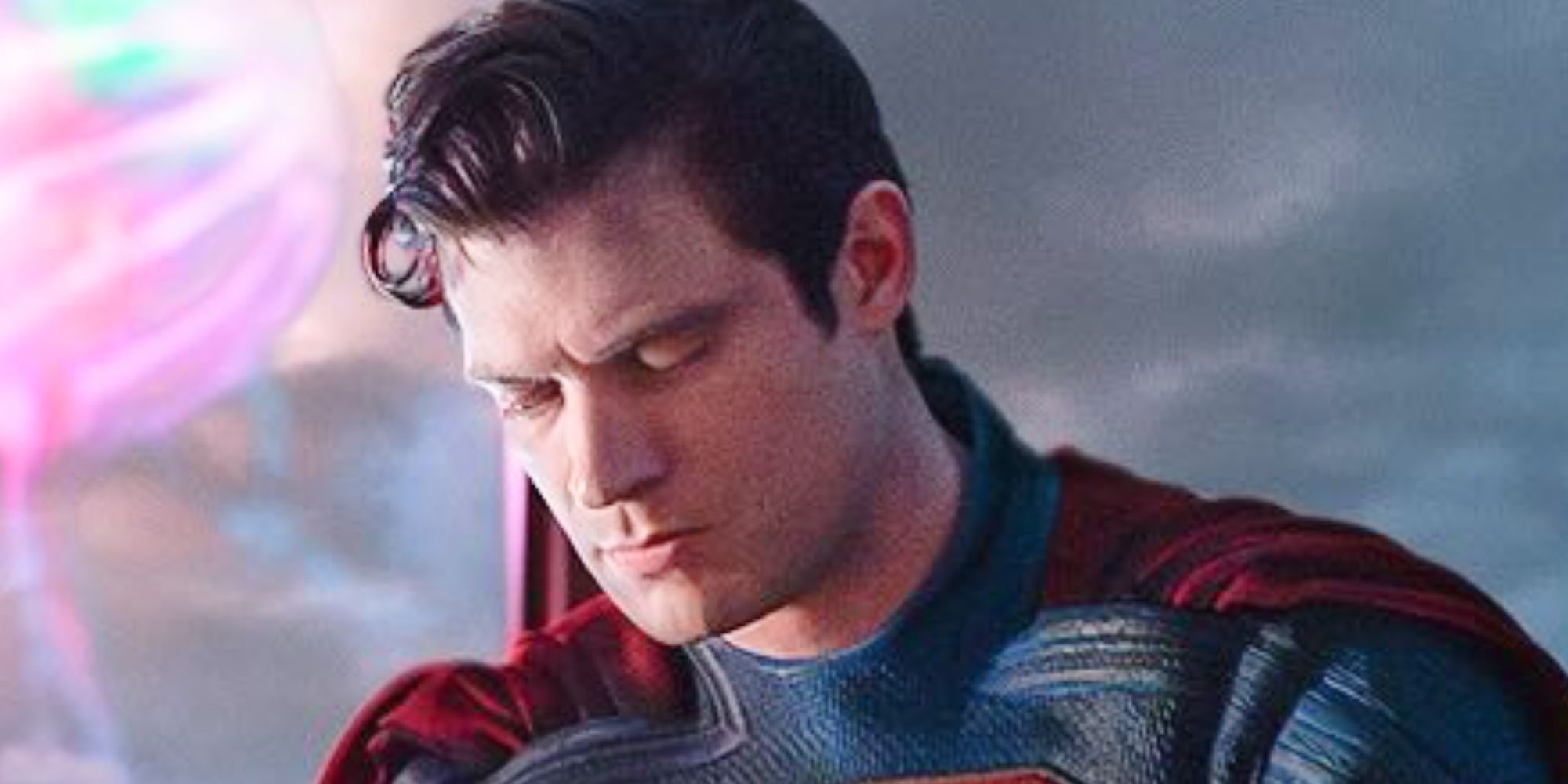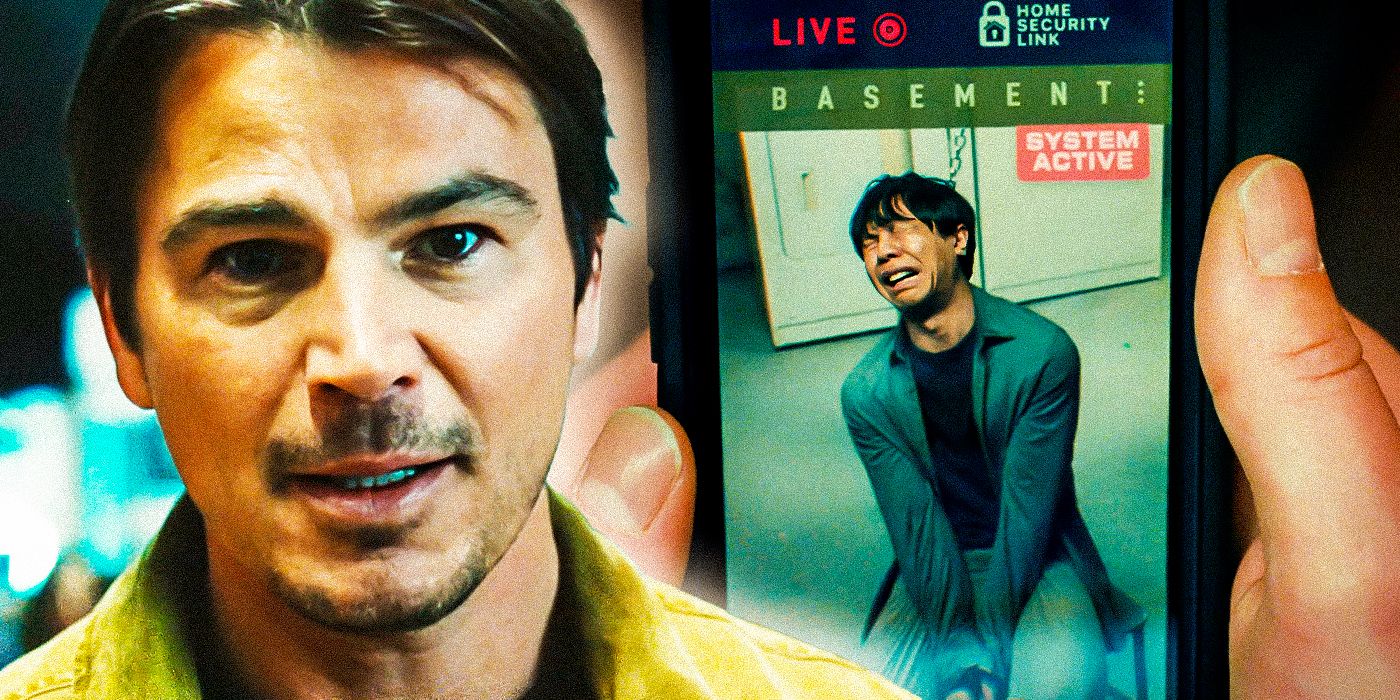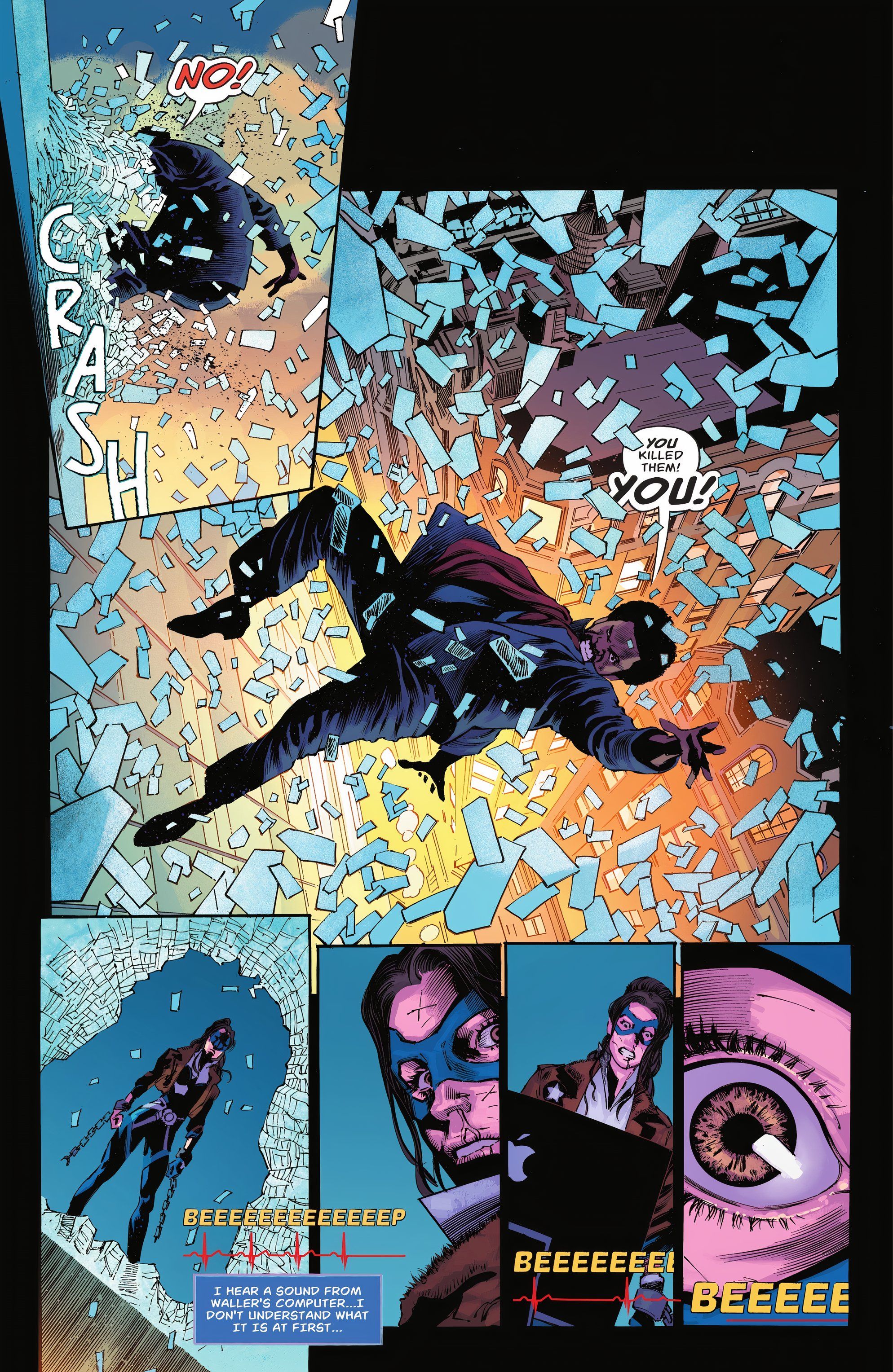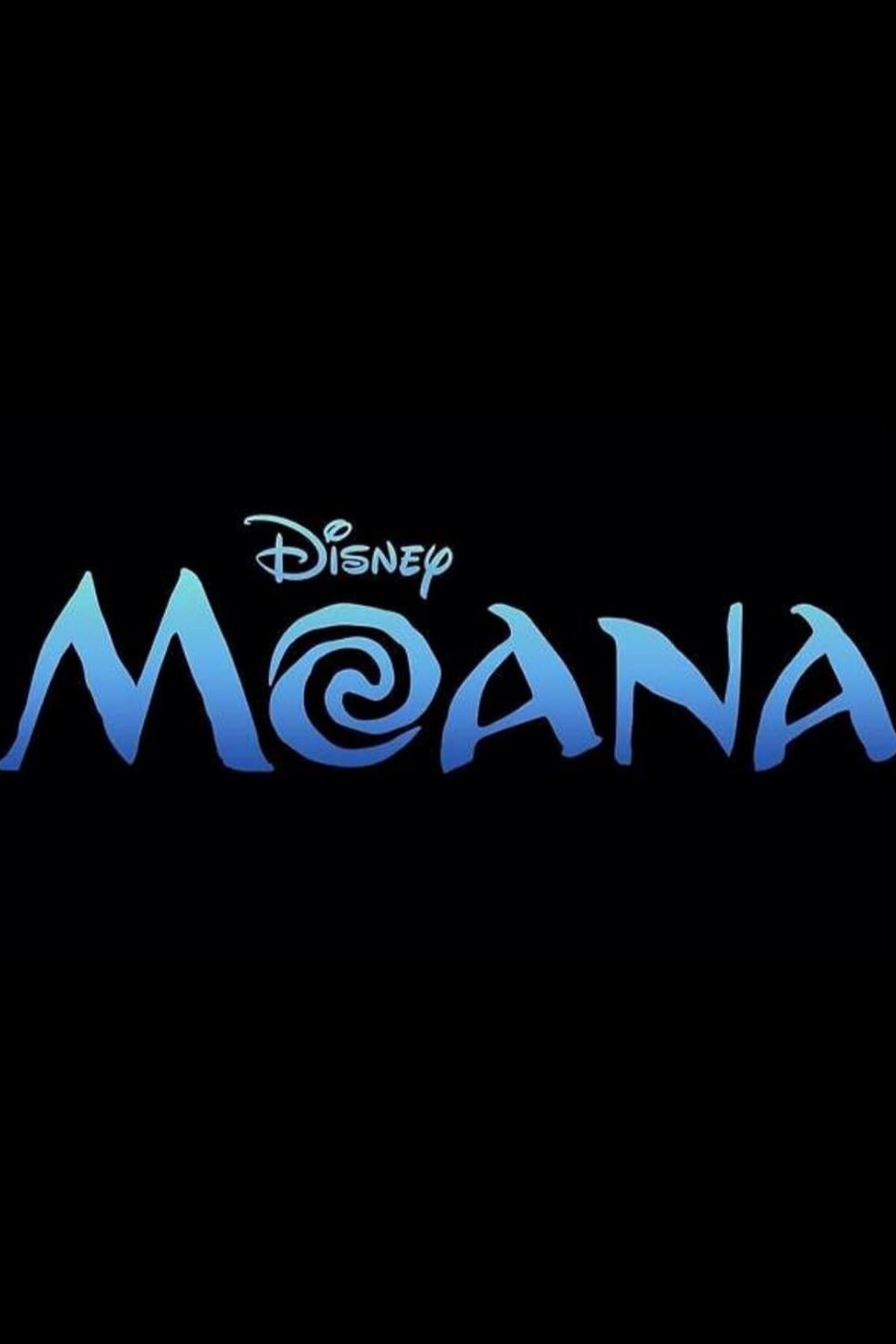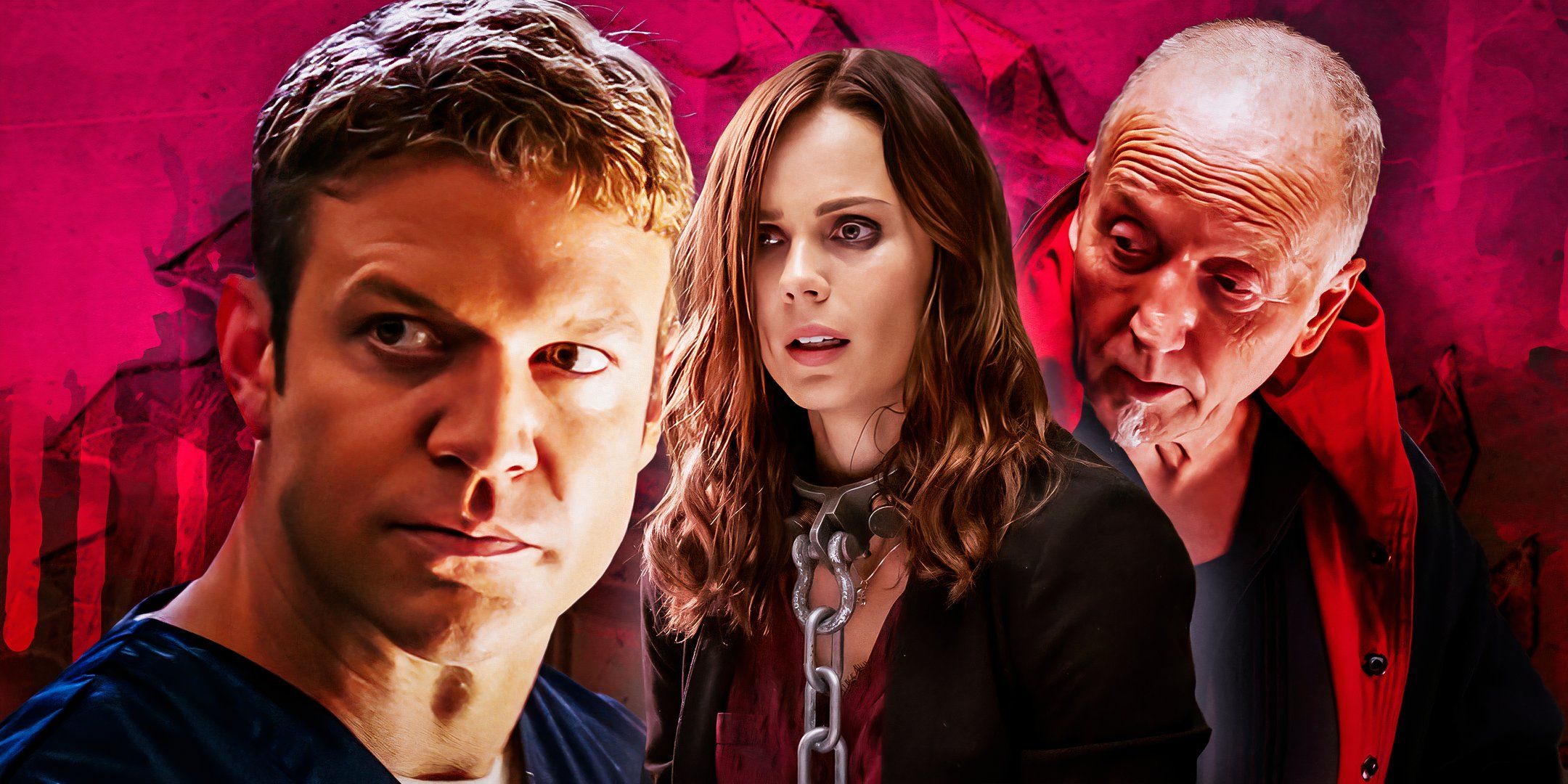WARNING: Spoilers for A Quiet Place Part II.
A Quiet Place establishes Emily Blunt’s Evelyn Abbott as a modern movie hero, but she doesn’t remain the main protagonist in the 2021 sequel, A Quiet Place Part II. Instead, it’s Quiet Place’s Regan Abbott (Millicent Simmonds) who emerges as the archetypal monster-slaying leader, a role that has become a family tradition approximately 500 days after an alien invasion commenced. Evelyn’s shifting character arc in A Quiet Place 2 allows for a timely commentary about familial dynamics but also informs audiences about what to expect in a future franchise installment.
In A Quiet Place, Evelyn experiences a traditional hero’s journey. She’s naturally devastated after a monster kills her youngest child, Beau (Cade Woodward), but finds strength by growing closer to her husband, Lee (John Krasinski), son Marcus (Noah Jupe), and daughter Regan, who learns how to fend off aliens by weaponizing transmissions from her hearing aid. Evelyn suffers a major setback upon stepping on a nail, which at once allows viewers to empathize with the pregnant character even more as she tries to remain silent. By the climax, Lee’s tragic death forces Blunt’s character into action, as she must not only save her children but must also redeem herself for past mistakes. A Quiet Place ends with a figurative rebirth for Evelyn and seemingly positions Blunt to become a new kind of Scream Queen.
A Quiet Place 2 subverts expectations by spotlighting Regan as the new family protector. Krasinski justifies the narrative shift by establishing the smarts of Simmonds’ character in the original film. Regan has proven herself to be a formidable leader, one who recognizes an opportunity to help fellow survivors while taking pressure off her surviving family members. Incidentally, A Quiet Place 2 becomes a story about mother-daughter and mother-son dynamics, with Cillian Murphy assuming a patriarchal role as Lee’s friend, Emmett. As Evelyn looks after Marcus, who isn’t yet equipped to handle their stressful existence, Regan becomes the third Abbott family member to carry the torch. It’s a natural progression, as she understands that it’s her duty to honor her father’s legacy.
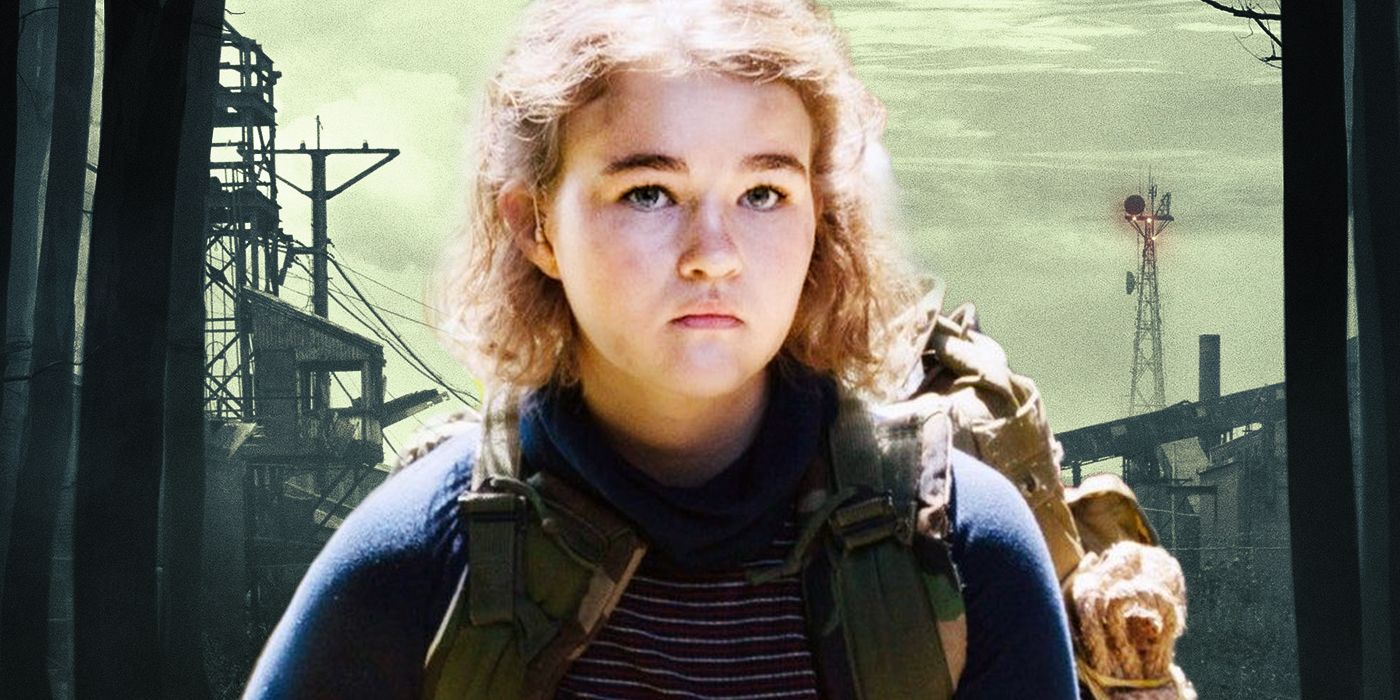
With A Quiet Place Part II, Krasinki applies part of Evelyn’s franchise character arc to Marcus. Just as Blunt’s protagonist steps on a nail in the original film, Jupe’s character gets caught in a bear trap during the sequel. By the climax, Marcus unsurprisingly saves his mother by killing a monster with her gun. Kraskinki’s narrative structure may indeed be predictable, but he makes subtle tweaks to his storytelling approach in order to keep audiences guessing about the future. For example, while being rather helpless, if not an outright hindrance before, Marcus now seems ready to emerge as the main protagonist in a third movie. However, the next installment will reportedly tell a different story, one that might have completely new characters, or even potentially a prequel about Scoot McNairy’s group of cannibals in A Quiet Place 2, or Djimon Hounsou’s “Man on the Island.”
Based on Krasinski’s creative approach thus far, the next story about Evelyn’s family, even if it’s not the upcoming spinoff movie, could indeed be epic and tragic. All of the main protagonists have transformed into proper heroes, but may not necessarily understand the bigger picture and looming threats. Until then, Krasinski has completed the necessary groundwork for a team-up movie that spotlights the best traits of each main protagonist. Evelyn’s first movie arc set up Regan’s ascent, and A Quiet Place Part 2 does the same with Marcus while subtly hinting that Emmett may ultimately sacrifice himself in order to save the Abbotts. It would be especially tragic yet still incredibly powerful if Evelyn or Marcus made the ultimate sacrifice in a future film, one that would connect all the recurring themes about familial responsibility, accountability, and legacy.
